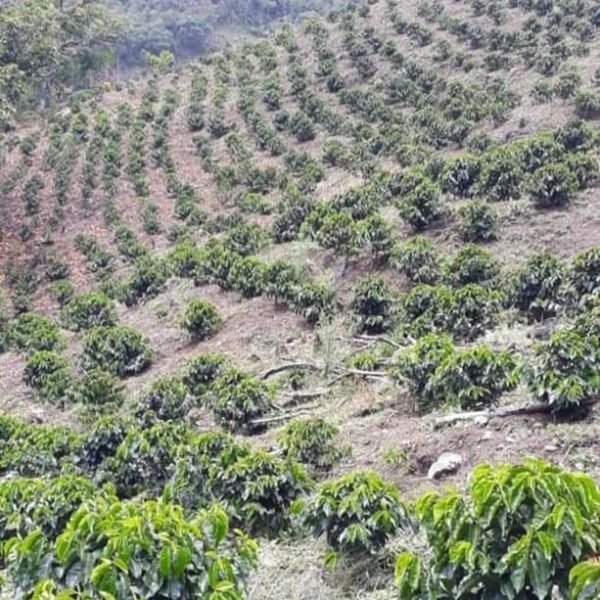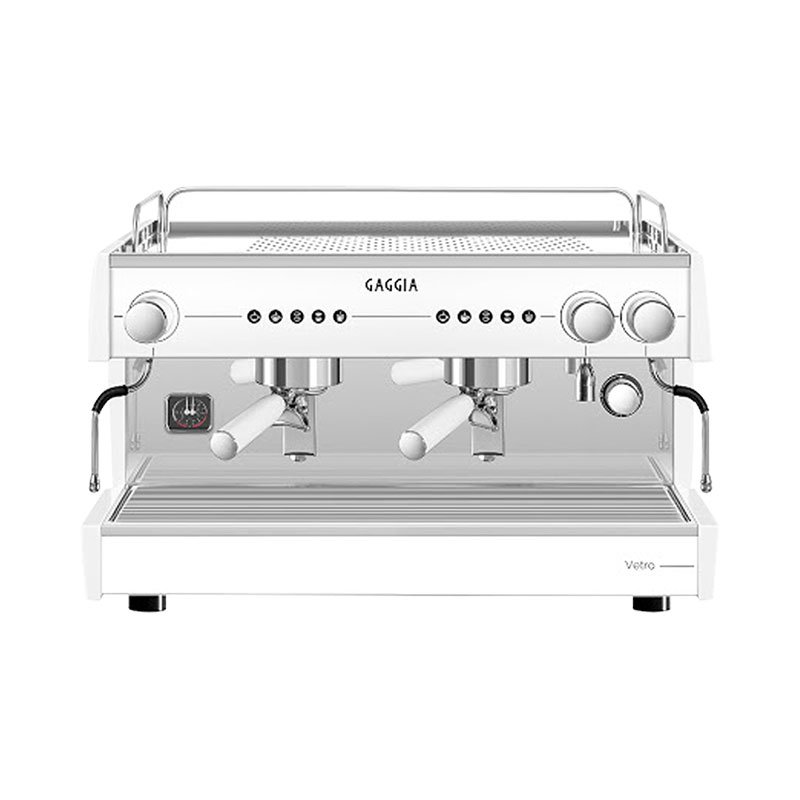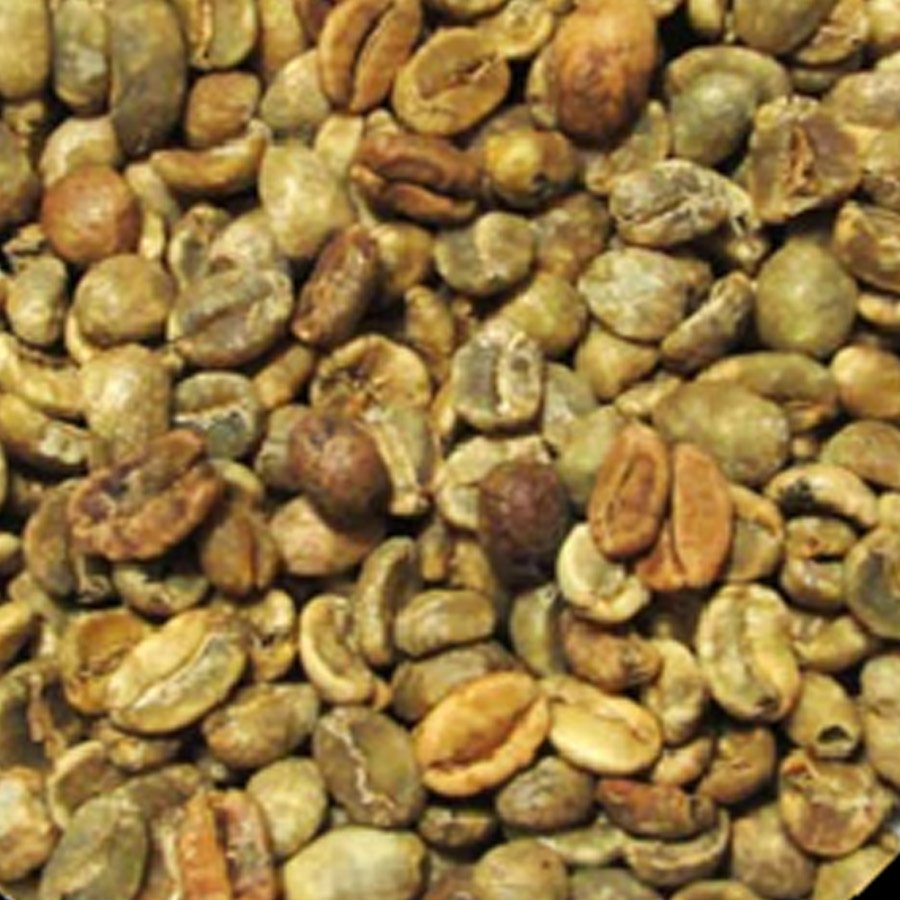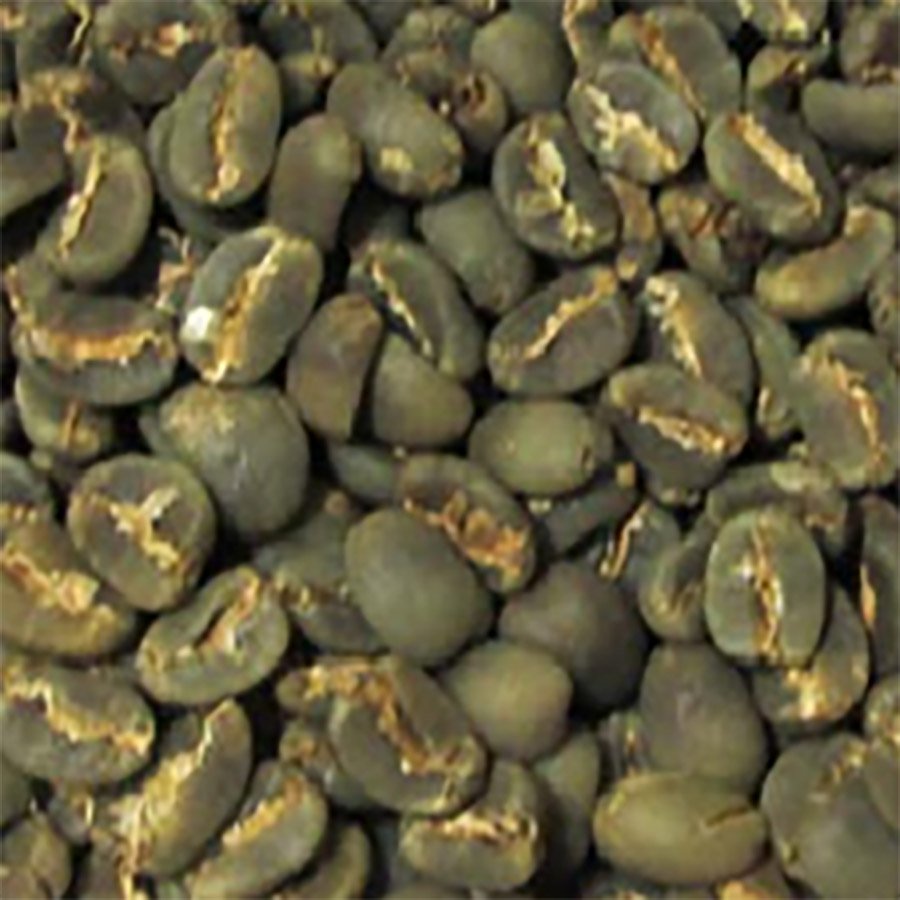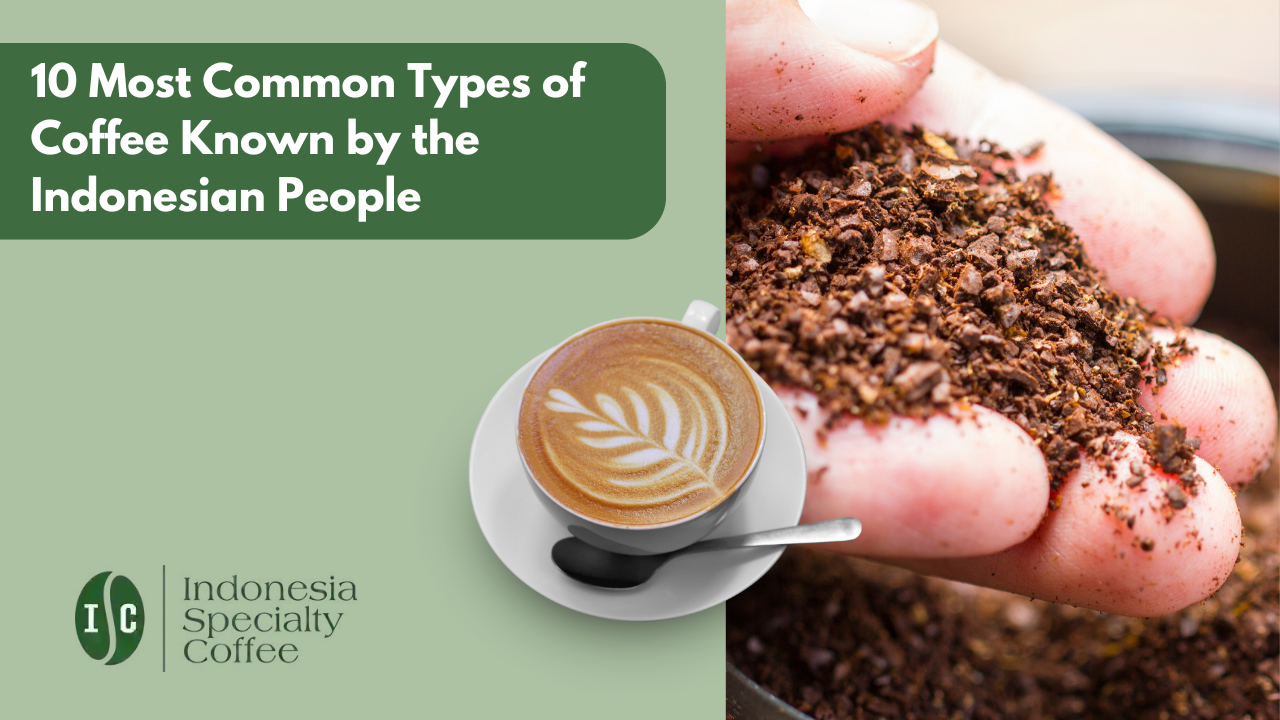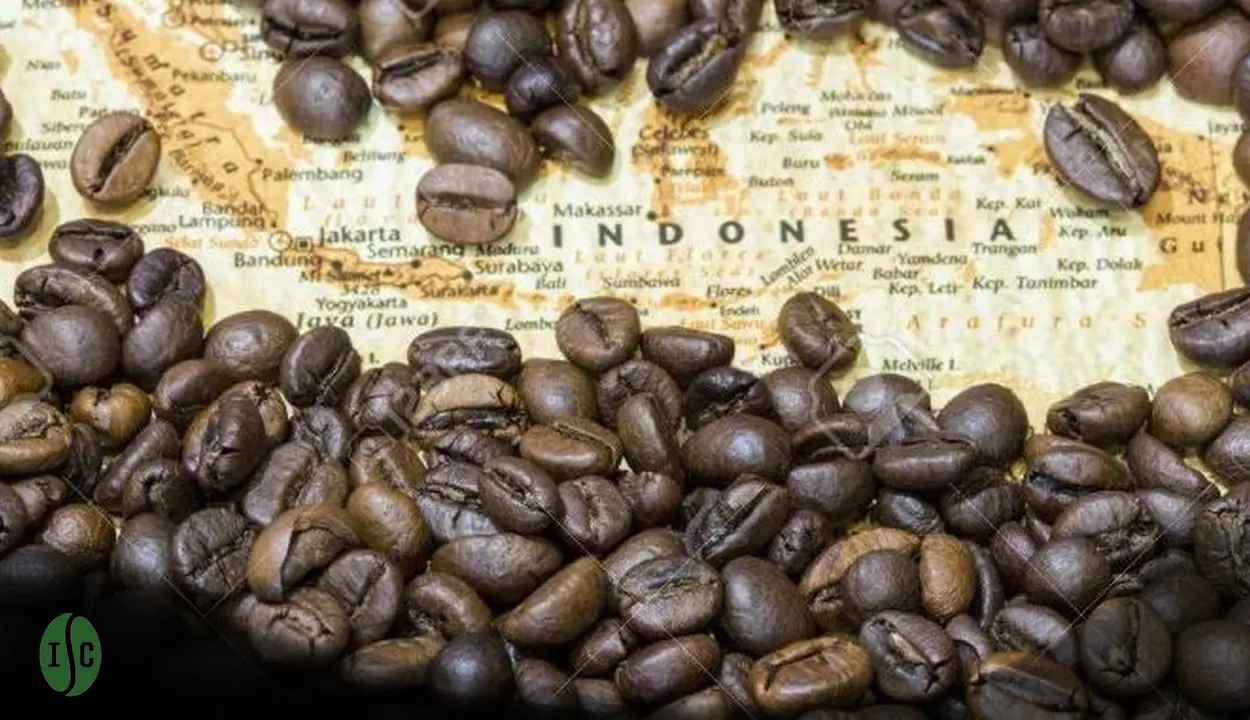Coffee, often referred to as the “nectar of the gods,” has an unparalleled ability to bring people together, transcending cultural and geographical boundaries. Each region around the globe contributes its unique flair to the world of coffee, and Indonesia, with its lush landscapes and diverse climates, has emerged as a powerhouse in the coffee industry. In this exploration, we delve into the captivating world of Indonesian coffee, uncovering the secrets behind its popularity and the exquisite flavors that tantalize the taste buds of coffee enthusiasts worldwide.
The Indonesian Coffee Landscape:
Indonesia, an archipelago of more than 17,000 islands, is home to an array of coffee-producing regions, each distinguished by its own microclimate and soil composition. The main islands contributing to the country’s coffee wealth include Sumatra, Java, Sulawesi, and Bali. The fertile volcanic soil in these regions provides an ideal environment for coffee cultivation, resulting in beans that boast distinctive and complex flavors.
Sumatran Coffee: Bold and Earthy:
Sumatra, the largest island in Indonesia, is renowned for its bold and earthy coffees. The most famous among them is Mandheling coffee, characterized by its full body, low acidity, and a tantalizing combination of herbal and chocolate notes. Sumatran coffees are often processed using the wet-hulling method, giving them a unique, syrupy consistency and a deep, lingering finish. This process contributes to the renowned aged coffee taste, making Sumatran beans a favorite among those who appreciate a robust and intense cup.
Javanese Coffee: A Heritage of Java:
Java, one of the most iconic names in the world of coffee, has a rich history dating back to the 17th century when the Dutch brought Arabica coffee plants to the island. Today, Java remains synonymous with high-quality Arabica beans, offering a cup characterized by a medium body, vibrant acidity, and a nuanced flavor profile. Javanese coffee often exhibits hints of fruitiness and floral notes, creating a well-balanced and elegant experience for the discerning palate.
Sulawesi Coffee: A Symphony of Tastes:
Sulawesi, formerly known as Celebes, is a hidden gem in the Indonesian coffee landscape. The Toraja region, in particular, is celebrated for its distinct coffee characterized by a velvety body, bright acidity, and a symphony of tastes that include nutty, spicy, and fruity notes. Sulawesi coffee is often grown at high altitudes, contributing to its unique flavor complexity. The combination of careful cultivation and meticulous processing results in a cup that is both intriguing and satisfying.
Bali Coffee: A Tropical Paradise in a Cup:
Bali, known globally for its picturesque landscapes, also plays a role in the world of coffee production. Balinese coffee is primarily of the Arabica variety, grown in the highlands with a climate conducive to slow ripening. This gradual maturation process imparts a mild acidity to the beans, creating a cup that is characterized by a bright, lively acidity and subtle fruity undertones. Bali coffee provides a delightful tropical escape for those seeking a refreshing and vibrant coffee experience.
Unique Processing Methods: A Glimpse into the Art of Indonesian Coffee Craftsmanship
In the intricate world of coffee production, the methods used to process coffee beans play a pivotal role in shaping the final flavor profile. Indonesia, with its rich coffee heritage, boasts distinctive processing techniques that contribute to the unique and sought-after characteristics of its coffee. Let’s delve deeper into these methods, unraveling the secrets behind the cup that captivates coffee aficionados around the globe.
Wet-Hulling (Giling Basah): The Sumatran Artistry
Among the various processing methods, wet-hulling stands out as a hallmark of Sumatran coffee production. Locally known as “Giling Basah,” this method is a testament to the region’s commitment to tradition and craftsmanship. In the wet-hulling process, the coffee cherries are meticulously stripped of their skins before drying, allowing the beans to absorb more of the surrounding mucilage. This unique approach results in beans with a distinctive appearance—often larger and more irregular—and a cup that boasts a syrupy body, low acidity, and an earthy, full-bodied flavor. The wet-hulling process is not only a matter of practicality in the humid Sumatran climate but also a key factor contributing to the aged, nuanced taste that sets Sumatran coffee apart. The beans are left to dry to a specific moisture content, infusing them with the regional terroir and creating a cup that is nothing short of a sensory journey.
Dry Process: Embracing Nature’s Touch
While wet-hulling dominates in Sumatra, other Indonesian regions, such as Bali and parts of Sulawesi, embrace the traditional dry process. This method, also known as the natural process, involves drying the whole coffee cherries in the sun before separating the beans from the dried fruit. The dry process allows the beans to absorb the sugars and flavors from the fruit, resulting in a cup with a distinctively fruity and wine-like profile. In Sulawesi’s Toraja region, where the dry process is often employed, the unique microclimate and altitude contribute to the development of exquisite flavors. The process demands meticulous attention, with farmers carefully turning the cherries to ensure uniform drying and prevent fermentation inconsistencies. The result is a symphony of tastes in each cup—nutty, spicy, and fruity notes harmoniously blending to create a truly unique coffee experience.
Semi-Washed: Balancing Act in Bali
Bali, with its tropical climate and lush landscapes, has developed its own processing method—a hybrid of wet and dry processing known as semi-washed or honey processing. In this method, the coffee cherries are partially pulped, leaving some mucilage intact during drying. This semi-washed approach imparts a distinct sweetness to the beans, creating a cup that is not only bright and lively but also carries subtle fruity undertones. The semi-washed process requires careful monitoring, as the beans need to be turned and dried just right to maintain the delicate balance between acidity and sweetness. Balinese coffee farmers have perfected this art, resulting in a cup that reflects the island’s tropical paradise—a sip of sunshine with every pour.
In essence, the processing methods employed in Indonesia go beyond mere steps in production—they are a celebration of the land, climate, and the people who have dedicated themselves to the art of coffee cultivation. From the wet-hulled richness of Sumatra to the fruit-infused elegance of Bali, each cup tells a story of craftsmanship, tradition, and a deep connection to the land. As you savor the complexities of Indonesian coffee, remember that it’s not just a beverage; it’s a testament to the cultural and geographical diversity that makes each sip a journey in itself.
Conclusion:
Indonesian coffee is a testament to the rich tapestry of flavors that the world of coffee has to offer. From the bold and earthy Sumatran coffees to the elegant and nuanced Javanese varieties, each cup tells a story of the land it comes from. The meticulous cultivation methods, coupled with unique processing techniques, contribute to the distinctiveness of Indonesian coffee. So, the next time you savor a cup of coffee from Indonesia, take a moment to appreciate the journey it has taken from the lush highlands to your mug, delivering a taste that is nothing short of extraordinary.

